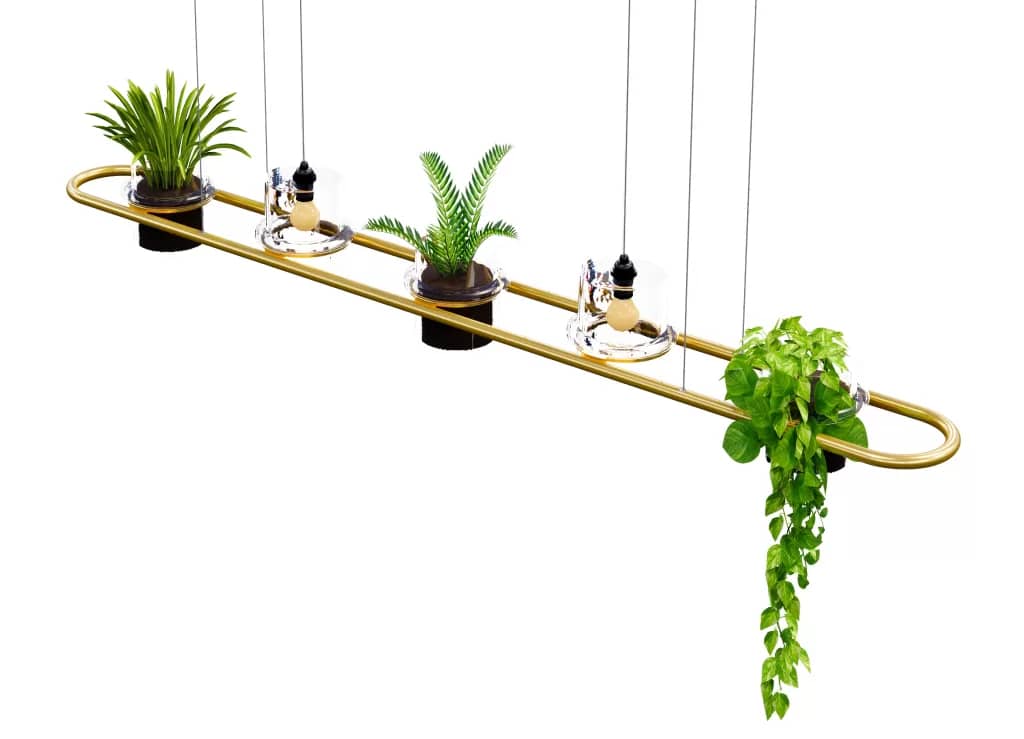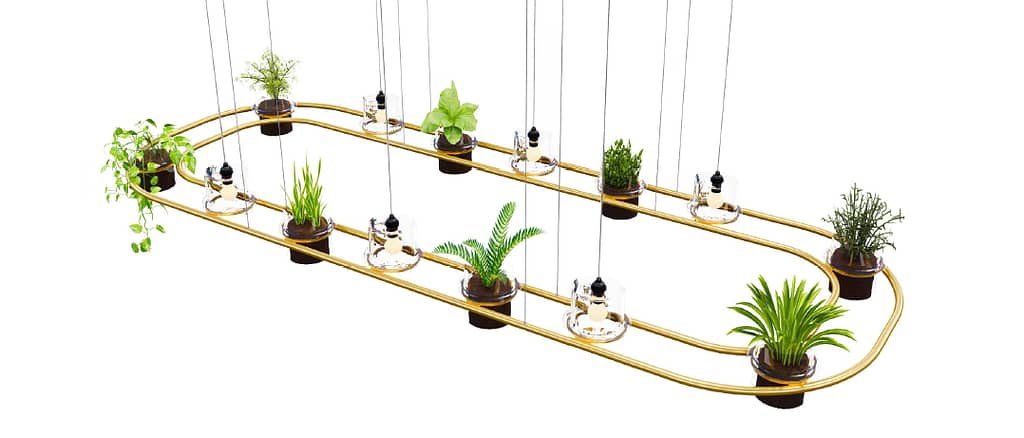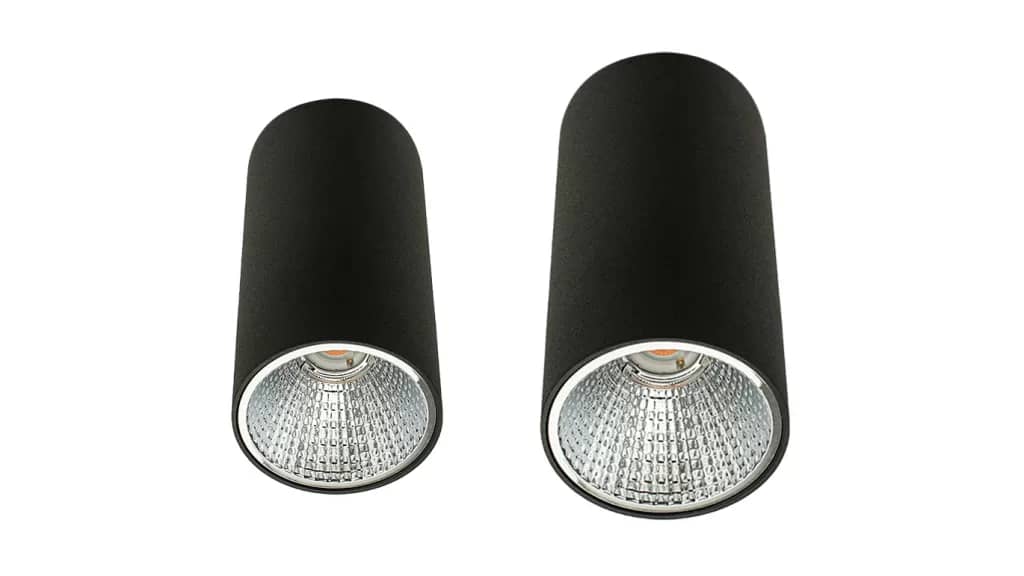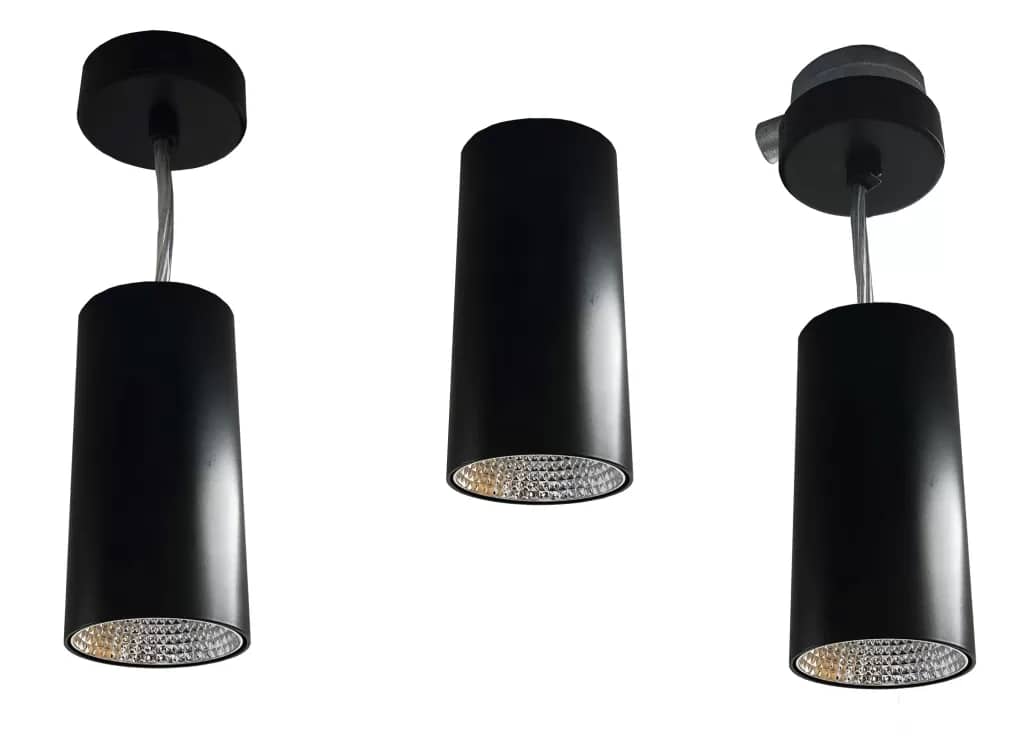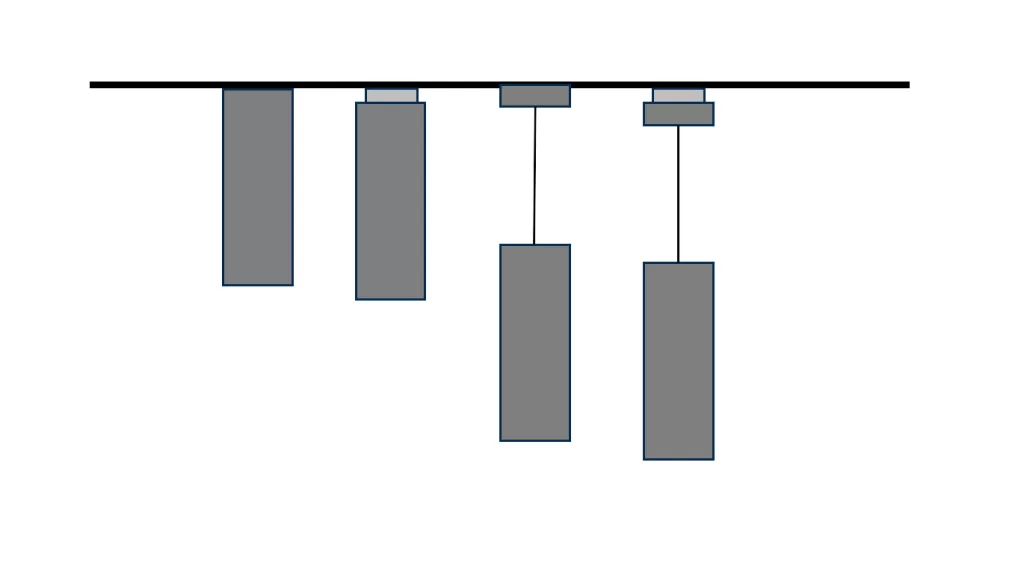In a significant step towards energy efficiency and environmental sustainability, the United Kingdom has taken the bold move to ban fluorescent lighting tubes. This landmark decision, aimed at reducing energy consumption and lowering carbon emissions, is a testament to the nation’s commitment to a greener future. In this blog post, we will delve into the details of the UK’s fluorescent lighting tube ban, its implications, and the benefits it brings to both the environment and consumers.
The Ban: What You Need to Know
Effective from September 2023, the UK has prohibited the sale and installation of traditional T8 fluorescent lighting tubes with T5 and other lamps to follow in February 2024. This ban applies to both commercial and residential settings. The government’s rationale behind this decision is rooted in the need to transition towards more energy-efficient lighting options and phase out technologies that contribute to high energy consumption and harmful environmental impact. While it will be possible to buy current stocks of fluorescent lamps they will soon be depleted leaving landlords, property owners and developers little choice but to replace or retrofit their old fluorescent light fittings.
Environmental Benefits
Reduced Energy Consumption: One of the primary advantages of the ban is the considerable reduction in energy consumption. Fluorescent lighting tubes are notorious for being energy-hungry, consuming significantly more electricity compared to modern alternatives like LED lights. By switching to more efficient lighting technologies, the UK aims to decrease its overall energy demand and reliance on fossil fuels.
Lower Carbon Emissions: The ban aligns with the UK’s commitment to combat climate change. Fluorescent lighting tubes emit substantial amounts of greenhouse gases, mainly due to their high energy consumption. By eliminating these tubes from the market, the nation can make significant strides in reducing carbon emissions, thus contributing to a healthier planet.
Benefits to Businesses and Consumers
Long-Term Cost Savings: While the upfront cost of LED lights might be higher, they offer substantial long-term savings. LED lights are known for their extended lifespan and significantly lower energy consumption. Consumers will see a noticeable decrease in their energy bills over time, making the initial investment worthwhile.
Improved Lighting Quality: LED lights provide better quality and more customizable lighting options. They offer a range of colour temperatures and dimming capabilities that allow users to create the desired ambience in their spaces.
Challenges and Solutions
Some consumers and businesses may be accustomed to the old technology and could experience difficulties adapting to the new lighting options.
The responsibility for disposing of old fluorescent tubes, which often contain mercury and are classified as hazardous waste, falls on the generators of these waste materials. This typically includes individuals, businesses, and organisations that produce or use these tubes. The disposal process must adhere to regulations and guidelines established by environmental authorities to ensure proper handling of hazardous waste.
In the United Kingdom, the Environment Agency (or the appropriate regulatory body in Scotland, Wales, and Northern Ireland) oversees regulations regarding the disposal of hazardous waste, including fluorescent tubes containing mercury. Here’s how the disposal process generally works:
Segregation and Collection: First, it’s important to separate fluorescent tubes from regular waste to prevent contamination and ensure proper handling. They should be stored in a safe and secure location until disposal.
Waste Carrier: When you’re ready to dispose of the fluorescent tubes, you’ll need to engage a licensed waste carrier to transport the hazardous waste to an authorised waste facility. These waste carriers have the necessary permits to handle and transport hazardous waste.
Authorised Treatment Facility: The waste carrier will transport the fluorescent tubes to an authorised hazardous waste treatment facility. These facilities are equipped to handle and dispose of hazardous waste in an environmentally responsible manner, adhering to regulations and safety protocols.
Disposal Process: The fluorescent tubes will undergo a proper disposal process, which may involve safely removing the mercury and other hazardous materials. The components that can be recycled or reused will be processed accordingly.
Record Keeping: Proper documentation of the disposal process is crucial. Generators of hazardous waste should maintain records of waste transfer notes and other relevant documentation to demonstrate that they have followed the correct procedures for disposal.
It’s essential to work with licensed and reputable waste carriers and authorised treatment facilities to ensure that the hazardous waste, including fluorescent tubes containing mercury, is handled and disposed of in compliance with regulations. Failing to do so can result in environmental harm, health risks, and legal consequences.
If you’re unsure about the regulations and procedures for disposing of fluorescent tubes in your area, it’s recommended to contact the appropriate environmental regulatory agency for guidance. They can provide information on local regulations, authorised waste facilities, and proper disposal practices to ensure that hazardous waste is managed responsibly and safely.
What funding and grants are available?
Transitioning from traditional fluorescent lighting tubes to more energy-efficient LED lighting can bring about numerous benefits, including reduced energy consumption and lower operating costs. To facilitate this transition and encourage businesses and individuals to adopt LED lighting, various funding and support options are available in the UK. These programs aim to alleviate the initial investment costs and make the changeover more financially feasible. Here are some funding options you can explore:
Salix Finance:
Salix Finance offers interest-free loans to the public sector, including schools, hospitals, and local authorities, to support energy efficiency projects, including lighting upgrades. These loans can be used to cover the upfront costs of installing LED lighting and the loan repayment is often structured in a way that the energy savings from the LED lighting cover the repayment over time.
Carbon Trust Green Business Fund:
The Carbon Trust provides financial support and expert guidance to small and medium-sized businesses in the UK. The Green Business Fund offers capital contributions towards the cost of energy-saving projects, including LED lighting installations. This can significantly reduce the financial burden of upgrading lighting systems.
Energy Performance Contracting (EPC):
Energy Performance Contracting involves outsourcing the financing, design, implementation, and maintenance of energy efficiency projects, including lighting upgrades, to a third-party provider. The provider guarantees certain energy savings, and the payments are made from the energy savings achieved over time.
Local Authority Grants:
Some local councils offer grants or funding opportunities to businesses, schools, and community organisations looking to improve energy efficiency within their facilities. These grants may cover a portion of the costs associated with LED lighting installations.
Energy Supplier Initiatives:
Some energy suppliers offer incentives and grants to their customers for adopting energy-efficient measures. These incentives might include discounts on LED lighting products or financial support for energy-efficient upgrades.
Regional Development Programs:
Depending on the region you are in, there might be specific development programs that provide funding for energy efficiency projects. These programs are often aimed at boosting local economies while promoting sustainable practices.
Revolving Green Fund:
Some universities and educational institutions have established revolving green funds that allocate a portion of their energy savings towards funding future energy efficiency projects, such as LED lighting upgrades, on campus.
Government Schemes:
While the UK government itself might not provide direct funding for LED lighting transitions, its policies, and initiatives, such as the Industrial Energy Transformation Fund (IETF) or the Enhanced Capital Allowance (ECA) scheme, can indirectly support energy efficiency projects.
It’s essential to research and inquire about specific funding opportunities in your area, as the availability and terms of these programs may vary. Whether you are a business owner, a facility manager, or a homeowner, taking advantage of these funding options can make the transition to LED lighting more accessible and financially viable, while contributing to a more energy-efficient and sustainable future for the UK.
The UK’s decision to ban fluorescent lighting tubes is a significant stride towards a more sustainable and energy-efficient future. By embracing modern lighting technologies like LEDs, the nation can achieve substantial energy savings, reduce carbon emissions, and enhance the quality of lighting for consumers. While challenges may arise during the transition, the long-term benefits for both the environment and consumers make this ban a shining example of progressive environmental policy. As the UK takes this bright step forward, it paves the way for other nations to follow suit in the pursuit of a greener world.
Our Sister company Revitalite offers a cost-effective lighting remanufacturing service that can take all the hassle out of upgrading your old light fittings, saving you the waist and cost of new light fittings.
